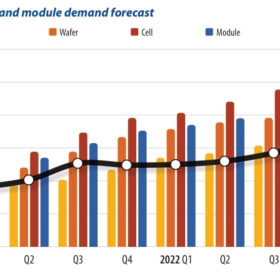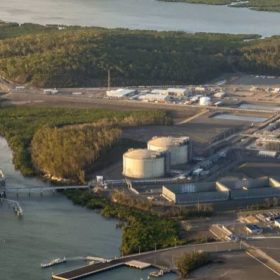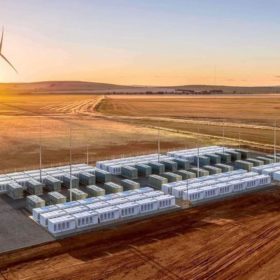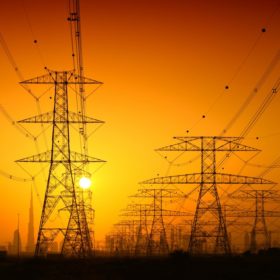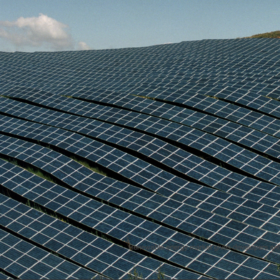No end to solar supply/demand imbalance
The solar supply chain problems that began last year with high prices and polysilicon shortages are persisting into 2022. But we are already seeing a stark difference from earlier predictions that prices would decline gradually each quarter this year. PV Infolink’s Alan Tu probes the solar market situation and offers insights.
UNSW Exclusive: unlocking the potential of singlet fission for future PV devices
Materials which undergo singlet fission provide an exciting and different pathway for exploiting the full solar spectrum, researchers at the prestigious University of New South Wales explain.
How climate-friendly is an electric car? It all comes down to where you live
If you’re thinking about buying an electric vehicle, whether due to soaring fuel prices or to lower your greenhouse gas emissions, where you live can make a huge difference to how climate-friendly your car is.
Australia plans to be a big green hydrogen exporter to Asian markets – but they don’t need it
Australia is vying to become a major green hydrogen export industry, particularly in the Asia Pacific, but new research from the Australian National University suggests the opportunity may be overstated.
Morrison government’s $50 million gas handout undermines climate targets and does nothing to improve energy security
Tuesday night’s federal budget confirmed the Morrison government will spend $50.3 million on gas projects in the Northern Territory, South Australia and the east coast.
State election day chills; South Australia hit $9,934/MWh on 19 March
South Australia had a notable wind generation rate during the final quarter of 2021 with ~569MW of average wind generation, accounting for ~57% of total average generation of the state and it is still going strong in this quarter.
Rise of the Machines – the increasing role of auto-bidding and self-forecasting in the modern-day NEM
The National Electricity Market has always been a place of big data and high levels of automation, and the recent developments in the trading space are the next stage of that maturing.
Could Russia’s actions in Ukraine accelerate renewables investment?
Given the goings-on in the world this last quarter, Mike Jefferies, Investment Manager at Octopus Investments Australia, takes a look at the current macroeconomic environment, how this is tied to energy markets, the impacts Russia’s invasion of Ukraine has had on that energy market, what this could mean for Australia and how renewables could help address these issues.
Solving the EPC equation for utility-scale solar developments
We are living through uncertain times. Despite the urgency of the energy transition and the substantial and growing opportunities for new utility-scale (and larger) renewables developments, risks arise for owners, developers, lenders, investors and contractors.
New IPCC report shows Australia is at real risk from climate change, with impacts worsening and wide-ranging adaptation needed
Climatic trends, extreme conditions and sea level rise are already hitting many of Australia’s ecosystems, industries and cities hard. As climate change intensifies, we are now seeing cascading and compounding impacts and risks, including where extreme events coincide. These are placing even greater pressure on our ability to respond.
